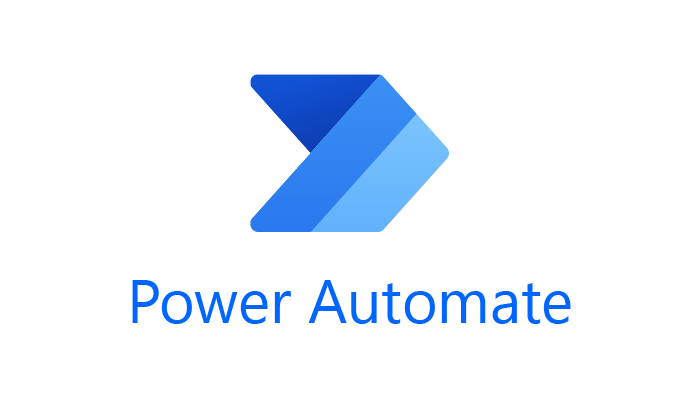2. Custom Connecter:
In Microsoft Dynamics 365, a Custom Connector is a mechanism that allows you to extend the capabilities of the platform by creating a connection to external services or systems. Custom Connectors enable integration with APIs (Application Programming Interfaces) of external applications, making it possible to bring data into or send data out of Dynamics 365 seamlessly.
Custom Connectors in Microsoft Dynamics 365 empower users and developers to seamlessly integrate with external services, extending the platform's capabilities and facilitating the creation of comprehensive business solutions that involve data and processes from diverse sources.
3. Desktop Flow:
Microsoft Power Automate Desktop is a tool that allows users to automate repetitive tasks by recording and replaying user interface (UI) actions. This feature is part of the broader Power Automate platform. Power Automate Desktop, formerly known as UI Flows, can automate interactions with desktop applications, web browsers, and other systems by mimicking mouse clicks, keyboard inputs, and data extractions. While it is not specific to D365, Power Automate Desktop can be used in conjunction with D365 applications or other systems to streamline manual processes.
4. Process:
In the context of Dynamics 365 (D365), a "Process" refers to a series of steps or stages that guide users through the execution of a specific business task or workflow. Processes in D365 are designed to help streamline and standardize various activities within the system. There are mainly three types of processes in D365, each serving a specific purpose:
Business Process Flow (BPF): Business Process Flows guide users through a set of stages to complete a specific business process. Each stage consists of steps that represent tasks or actions to be performed. BPFs help ensure consistency and guide users through complex processes like sales, service, or project management.
Action: In the realm of automation within Microsoft Dynamics 365 (D365), actions are fundamental components embedded within various processes. Whether in workflows, business process flows, real-time workflows, scheduled processes, business rules, or custom plugins, actions define the specific tasks or operations to be executed when a process is triggered. For instance, within workflows, actions may involve creating or updating records, sending emails, or assigning tasks.
Workflow: In Microsoft Dynamics 365, workflows serve as a fundamental component of the automation process. These sequences of automated steps are designed using a visual interface to define conditions, triggers, and actions. Workflows are triggered by specific events within the Dynamics 365 system, such as record creation or modification, it is asynchronous.



